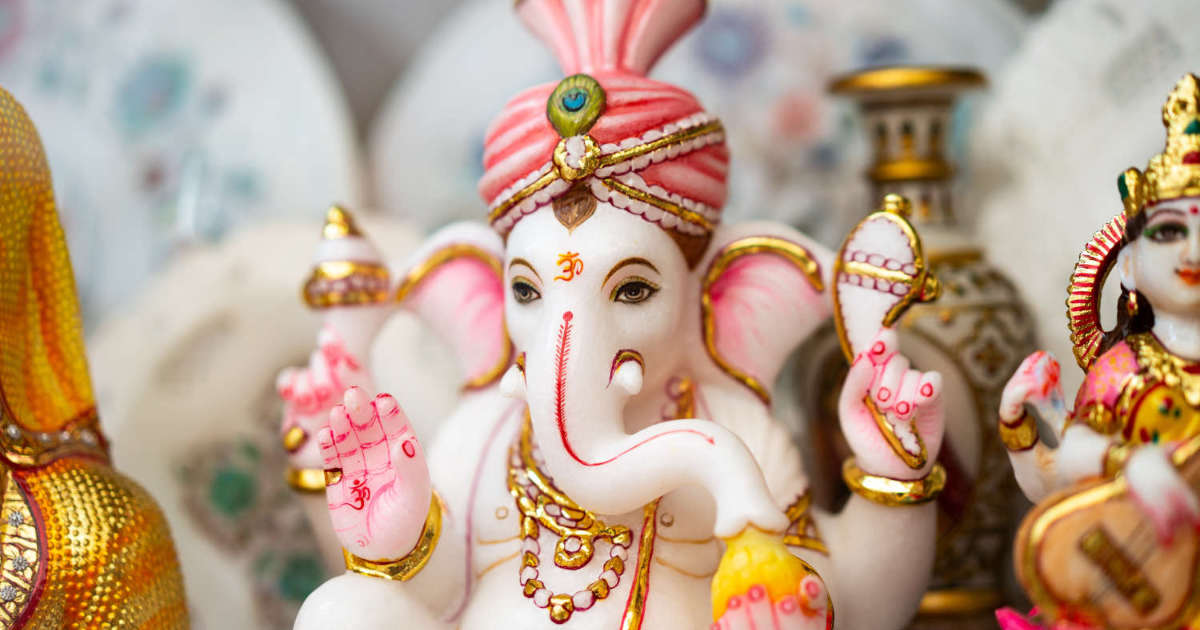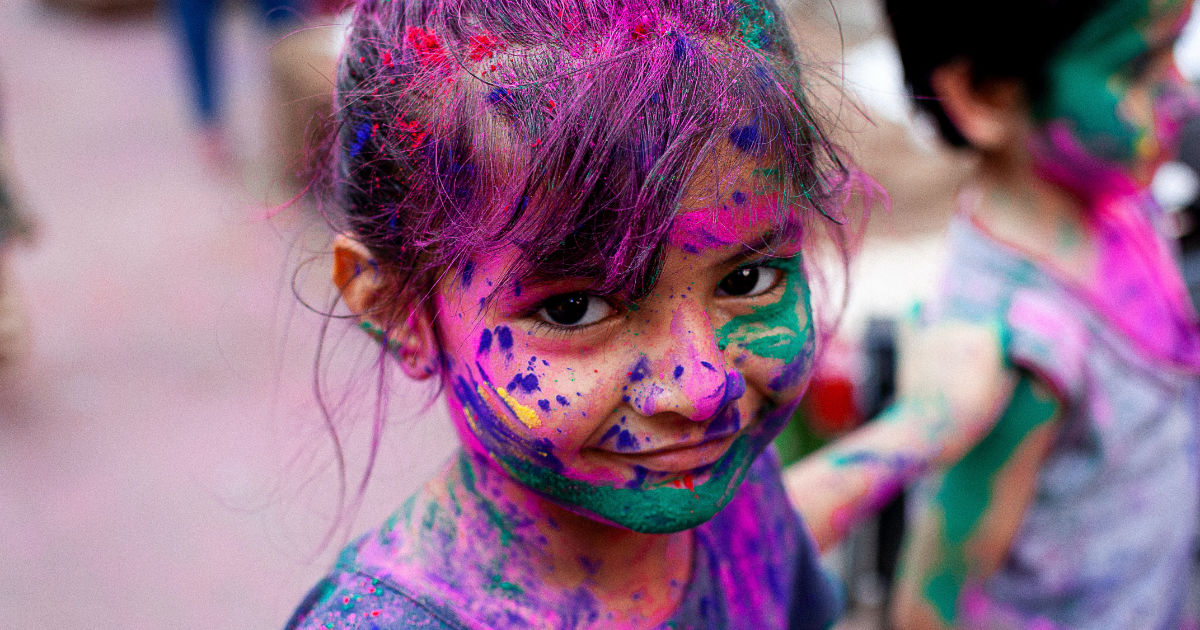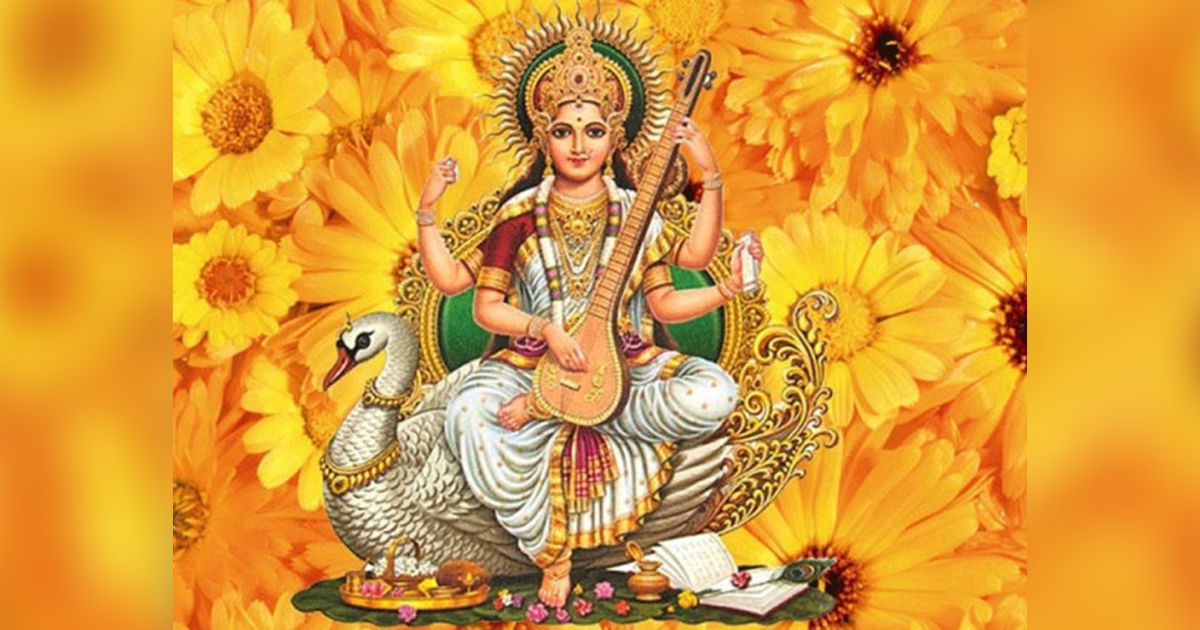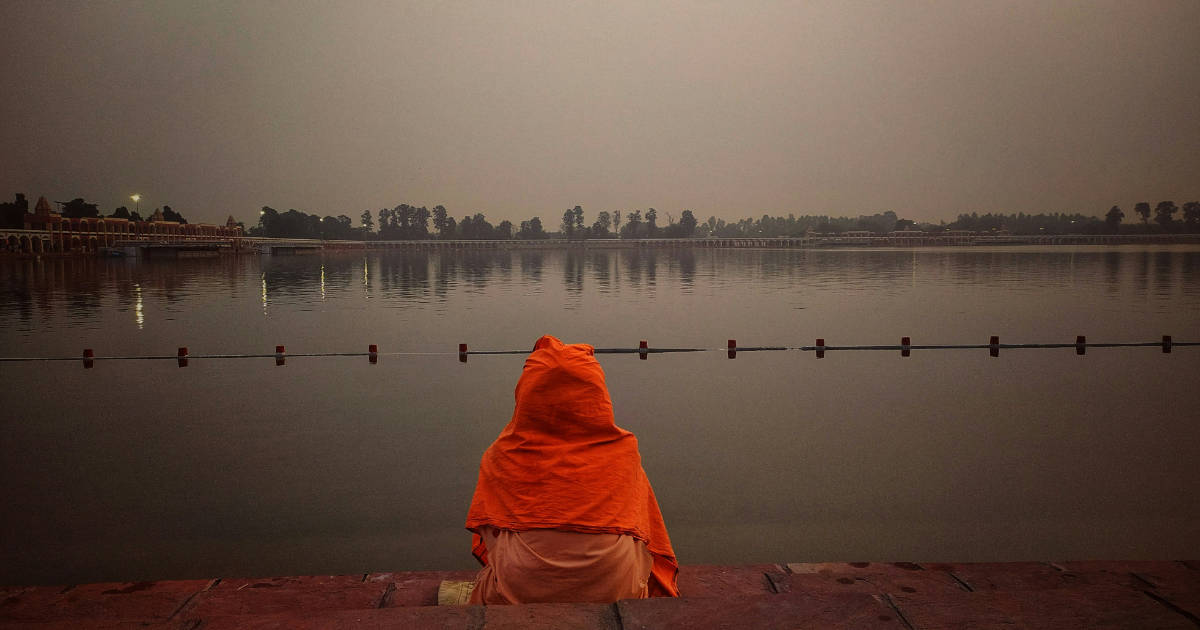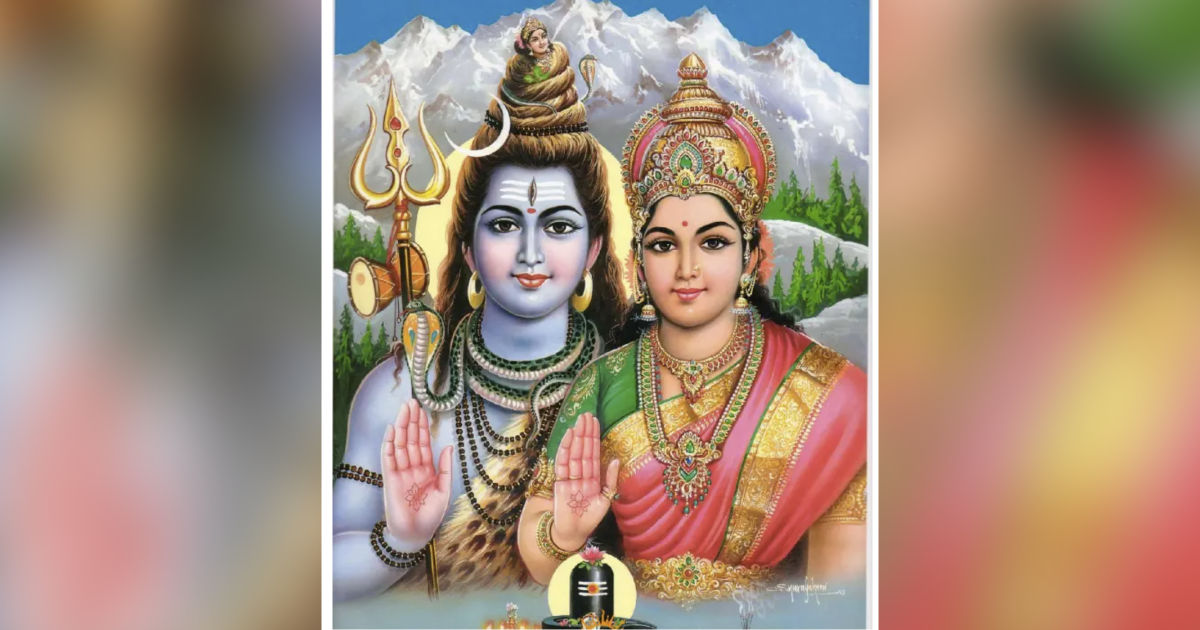Parvati longed for a person, who would be her guard like Nandi, who was always at Shiva’s side. One day when she was preparing for her bath on Mount Kailash’s, she told Nandi to sit outside. Nandi took his post, intending to carry out Parvati’s wishes. Shiva arrived suddenly as was his habit and he wished to enter. Continue reading
Tag Archives: shiva
How many options are there?
Dear ones, I am writing today about Ardhanareshwara and the understanding of Transgenders. Ardhareshwara is a Hindu form of Shiva combined with his consort Parvati. Ardhanareshwara is depicted as half male and half female. Ardhanareshwara represents the synthesis of masculine and feminine energies of the universe—Purush and Prakriti. Another name for Prakriti is Shakti and they are inseparable. The right half is usually Shiva, and the left half is Parvati. However, the timeline is pre-Vedic. The earliest depiction of Ardhanareshwara (Shiva and Parvati as a single androgynous form) are found in the Kushan period art of Gandhara, dating back to 1st Century CE. Continue reading
Shaivite Tradition
Shaivism is an ancient form Hinduism that focuses on the worship of Shiva. The term has been derived from the Sanskrit word Shiva, which refers to the Lord of destruction and transformation. Shaivites are devotees, who venerate Shiva and accept him as the Supreme God. They believe that he is responsible for creation, protection and destruction. He is portrayed as representing a fierce destroyer, an innocent, a granter of boons and a loving and compassionate husband. Shaivites strive to achieve liberation from the cycle of birth and death by living a life focused on Shiva and chanting mantras and hymns dedicated to him. Continue reading
A colorful life and new beginnings
Today, 15th of March is Holi, and it is a festival which celebrates the triumph of good over evil. Holi is celebrated on two different days as India is a large country. Exam dated have been changed in the states, where it is being celebrated today. Continue reading
Who is the PERFECT woman?
I am aware dear ones that today is International Women’s Day. All kinds of attributes are given to womankind. Sages are writing that we must create a world where women are celebrated not just as their roles as mothers, wives or daughters but also as creators, leaders and spiritual beings who shape the essence of life. Continue reading
I yearn to be a Yogi
We all have this image of Shiva meditating and we wish we could go into this wonderful state. However, the path to reach a meditative state is full of pebbles and sharp stones. Our conscious, subconscious and unconscious thoughts are the thorns, which are in the way. Continue reading
Basant Panchami – Celebrate Spring
Basant Panchami is being celebrated on the second of February. It is a festival, when we welcome spring and worship Saraswati.
It is also called Saraswati Puja. It is usually observed in late January or early February. Likewise, it is known as the King of all seasons. Since it is early greetings to spring. It marks the gradual transition towards the full bloom of spring. We wear Yellow and are not supposed to touch our books. We worship them. Yellow is the color of Saraswati, who represents creativity, knowledge and it is the color of the ripening mustard fields all over in northern India. Continue reading
Brahma Sarovar
The lake with no life?
It is a complex story and we have to start at the very beginning. How did Brahma become the creator of the universe? Continue reading
Who is Brahma?
How do we view Brahma? There are stories about him and the most popular one is about the loss of his fifth head. Brahma was referred to as Pachanan (having five faces) but after losing his fifth head he became Chaturan. (having four faces). There are several stories given in the Shiva Purana. Continue reading
Sacred Rivers
Rivers are considered sacred in Hinduism and are core of the faith. It is believed that one’s sins are washed away in the river as it is always flowing. The spiritual and practical significances are many. Many rivers are personified as Goddesses. Therefore, bathing in them is considered to be cleansed of one’s sins. The water of the rivers is used in rituals, and it represents the concept of purity and cleanliness.
There are seven rivers considered sacred, and they are called the Saptanadi. They are Ganga, Yamuna, Godavari, Saraswati, Narmada, Sindhu/Indus, and Kaveri. Continue reading
Shiva on my lips and Devi in my mind
Are you willing to be sponged out, erased, cancelled, made nothing? Are you willing to be made nothing? Dipped into oblivion? If not, you will never change. – DH Lawrence
Let me Roam.
With nothing on the body
And with nothing in my hands
Let me roam on the bank of the Ganga
With the name of Shiva on my lips
And the thought of Devi and Durga in my mind
Let me even know that I exist,
And when I die
I will not know that I am dying. – Swami Satyananda
Swami Sivananda ‘s directive to Swami Satyananda:
We are instruments, we are mediums. We have to love everybody without passion and attachment. We have to serve everybody without expectation. We have to love God without asking anything from him. The purpose of our spiritual life is to have a vision of the Divine. God has given us everything; we did not ask for it, yet he has given to you everything without you asking for Him.
Dear Ones, three sayings are given. Please read them and take anything from them. If you just follow even one word like without attachment, or ask for nothing, you will be free.
Aim Hrim Klim
Different forms of Gods
Different forms of Gods are symbols of their virtues and powers. Vishnu is said to be in a slumber on the coils of Shesha Nag. He is in this state for four months. It is written in the Gita, that God does not rest, even for a blink of the eye. When we see Vishnu reclining in Yoga Nidra in this depiction, it means that God is fully aware, and nothing can go wrong. Continue reading
The spiritual connection of numbers
In all faiths numbers play a role. 108, 13, 3, 613, 786, 5, 888, 666 are spiritual numbers.
In my seminars, my students always ask, why is 108 important? In Hinduism 108 is a holy number. An individual breathes 21,600 times in 24 hours. When divided by two, it becomes 10,800 resembling 2 horizons – the north and south poles, emphasizing 108 as basic. The sky is divided into 27 nakshatras, each having four sectors of 30, i.e. 27×4=108. The moon crosses one nakshatra in 54 hours, which if divided into day and night gives 54×2=108. Continue reading
Why does one sit in a classic meditative pose?
Swami Niranjananda explains the importance of performing sadhana in a classic meditative pose. There is a technique called Yantra pranayama, which is to be practiced in Kaya Sthairyam. I have written about it and there is a YouTube of mine on it. However, dear ones, I will refresh your memory. It is a guided meditation, where one learns to become still and comfortable. Its origin is in Yoga. Kaya Sthairyam is also a wonderful standalone practice. Continue reading
Why did Ravana have ten heads?
When one reads or listens to the story of the Ramayana, one wonders why Ravana have ten heads? In order to understand this incredible fact, one has to go to the origin of Ravana. Ravana’s grandfather was a Rakshas. His name was Sumilah was the leader of the Rakshasas, who considered themselves guardian of the forest way of life. This way of life was one of extreme cunning and one had to be strong. They had no code of conduct. The rakshasas did not perform Tapasya or Yagnas. They lived in the present. Continue reading

